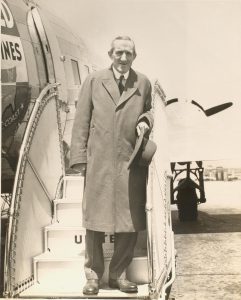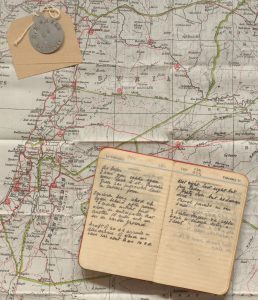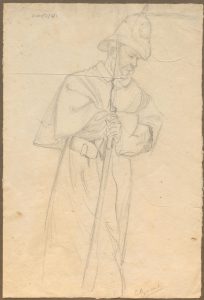We are pleased to announce that the catalogue for the papers of Sir Percy Bates who became deputy Chairman of the Cunard Steamship Co. in 1922 and was Chairman from 1930 until his death in 1946 is now available online. Sir Percy Bates was instrumental in the development of two of Cunard’s most prestigious vessels, the Queen Mary and Queen Elizabeth and oversaw historic periods in the company’s history, including the formation of Cunard White Star Line and the Second World War.

The majority of papers in the D42/C3 series descend from Sir Percy Bates’ private files, which he himself created and therefore reflects his daily working life. Files have been numbered and arranged in an order designed by Bates himself, presumably to meet his working needs, and tend to be grouped by topic and theme or individual and organisation. Indexes are available for Sir Percy’s business and personal files. Totalling 85 boxes, these papers are considerably more extensive than those for either the Booth or Royden Chairmanship.
Over the next few months, catalogues for the papers of other members of the Bates family from the time of their Chairmanship will go online. These include Frederick Bates who succeeded Percy as Chairman of Cunard, holding that post during the years 1946-1953 and Denis Bates who was the final member of the Bates family to be Chairman of Cunard from 1953-1959.
Researchers are also able to access the catalogue for The Bates Family Papers (D641) which are part of the Cunard Associated Deposits. This collection complements the Chairman’s Papers of the Cunard archive and provides real insight into both the personal and professional lives of members of the Bates family.

These family papers were used by Philip E. Bates to research his book The Bates of Bellefield, Gryn Castle and Manydown and by Percy Bates in writing his book Some Transactions of a Halifax Family. They comprise personal and work-related correspondence, letter books, legal documents, diaries, photographs and medals, news clippings, shipping memorabilia, a pencil drawing and other related papers. Some of the highlights include letters sent by Dennis Bates whilst on active service during the First World War, business papers of Edward Bates & Sons and a pencil sketch of a soldier by John Lockwood Kipling.
